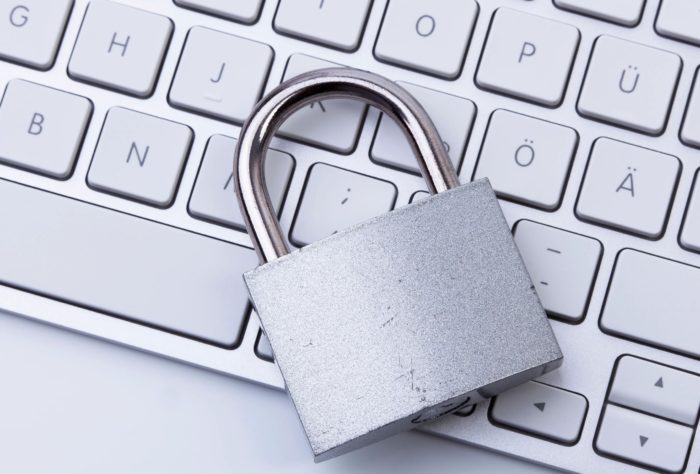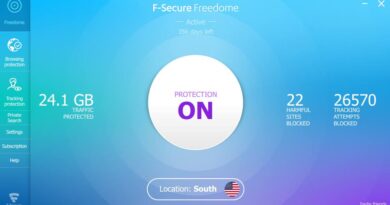
How to Secure FCC Certification for an IoT Device
It is impossible to bring an IoT device to market unless you have secured FCC Certification. Before you embark on a PCB design, you need to prepare your gadget for testing.
An investor or retailer will not even consider your products until you have been certified, no matter if you have the most innovative gadget to hit the industry.
It doesn’t matter if you are developing a fitness tracker, smartphone, or a smartwatch, you will need to prove your device will not interrupt radio frequencies or produce high levels of radiation. Find out how to secure FCC certification for your IoT device.
Review Your Testing and Certification Requirements
The FCC features different modules for inventors to complete, which will be determined by their application requirements, and will either be:
- Full EMC Compliance Testing and Registration
- Modular Certification
Full EMC compliance testing and registration will test most devices to ensure they do not exceed the FCC’s electromagnetic emissions limit. You’ll also need to complete paperwork to both certify and register your gadget. If you have a receiver design, you will need to secure full certification.
Modular certification relates to devices that have already undergone various stages of the FCC certification process. As the bulk of the testing will be complete, you will need to ensure your device is tested for emissions.
Understand FCC’s Current Guidelines
Prior to designing a product, you should familiarize yourself with the FCC’s current guidelines regarding radio spectrum allocation. For example, you must identify the frequencies you are legally allowed to include within your equipment.
There are various factors you’ll need to carefully consider, such as:
- Radio range
- Size
- Power consumption
- Optimization
Potential FCC Issues to Avoid
Many inventors or engineers might be unaware that various elements within their device could become an antenna, receiver, or transmitter, which is not included in the design specification.
Consequently, minor changes to a device’s design could lead to the production of emissions, output power alterations, or could shift the emission frequency. Unfortunately, it could lead to failed FCC certification testing.
Carefully Design Your Printed Circuit Board
To avoid the above issues, you will need to carefully design your printed circuit board (PCB). You must aim to eradicate faulty components from your design. For example, you should turn to Altium for professional PCB design software, which can identify components that meet your design requirements and will ensure you pass FCC certification with ease.
Plus, once you have developed a certified design, you could potentially reuse the tried-and-tested modules in your future IoT designs, which can make the development and certification process a breeze.
Conclusion
The FCC certification process can be time-consuming and complex; however, it is essential if you want to bring your technology product to market in the United States.
Thankfully, with forward-planning and the right PCB software, you can improve the likelihood of your IoT device receiving registration the first time around and can release your product at a faste








